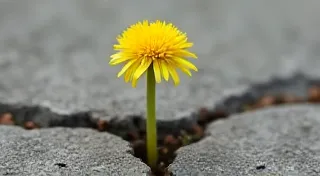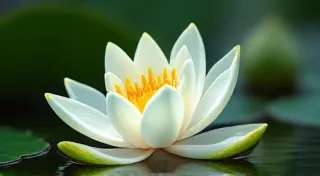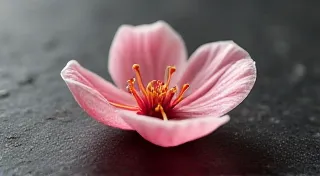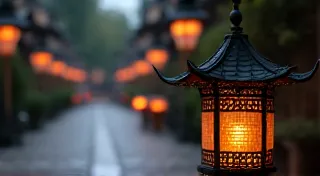Resilience Woven In: Kumihimo and the Spirit of Renewal
There's a quiet dignity in aged things. Not a forced grandeur, but a subtle aura of perseverance, a silent testament to surviving the relentless march of time. I think of my grandfather’s antique accordion – its bellows cracked, some keys stubbornly refusing to sing, the leather worn smooth by countless hands. It sits now, a gentle reminder of a life lived through hardship and celebration, a tangible echo of resilience. And, in a strange, beautiful way, that same spirit resonates within the delicate art of Kumihimo braiding.
Kumihimo, meaning “gathered threads,” is a traditional Japanese braiding technique with a history as intricate and enduring as the braids themselves. It’s far more than just cord making; it's a deeply ingrained cultural practice woven into the very fabric of Japanese history, embodying values of perseverance, meticulousness, and the profound understanding of cyclical renewal. To truly appreciate Kumihimo is to glimpse into the soul of Japan.
A Thread Through Time: The Historical Tapestry of Kumihimo
The precise origins of Kumihimo are shrouded in the mists of the ancient past. While evidence suggests cord-making techniques existed long before, the formalized art of Kumihimo, utilizing the characteristic *marudai* (round braiding stand), likely began during the Nara period (710-794 AD). Initially, these braids were primarily functional, used for samurai armor, sword hilts, and even the suspension cords of Buddhist statues. Think of the samurai: their lives were defined by discipline, unwavering loyalty, and a stoic acceptance of hardship. The strength and durability of Kumihimo perfectly mirrored these ideals. The braids weren’t simply decorative; they were essential components of protective gear, demonstrating that beauty and utility could coexist harmoniously. The interplay between function and aesthetics became a cornerstone of Japanese artistic expression, a theme that continues to resonate through the ages and influence crafts today.
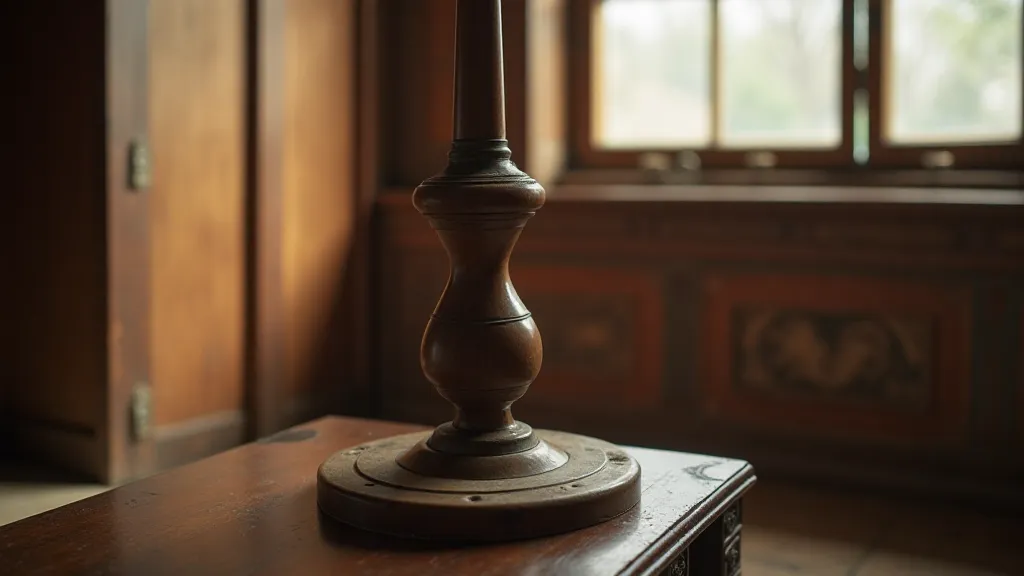
The Heian period (794-1185 AD) witnessed a shift. Kumihimo started to be used more extensively in ceremonial clothing, adornments, and even exquisite hair ornaments for the court nobility. These braids became symbols of status and refinement, showcasing unparalleled skill and artistic expression. The rise in popularity reflected a cultural emphasis on aesthetics and elegance, something deeply embedded in Japanese artistic sensibilities. The functional roots of Kumihimo, however, never fully faded. Even as its decorative use blossomed, the techniques employed spoke to a deep respect for craftsmanship and the enduring value of practical skill. This intricate dance between purpose and beauty helps explain why the art became so revered.
During the Edo period (1603-1868), Kumihimo experienced a decline in prominence as Western influences began to shape Japanese society. It’s fascinating to consider how different cultures view functionality; while Western design often prioritized radical innovation, the Japanese tradition of Kumihimo highlighted the power of refined and long-lasting design. While influenced by external forces, the core values inherent in Kumihimo’s creation remained. However, it never disappeared completely. The art was preserved within families and small artisan circles, passed down through generations. This preservation, this dedication to maintaining tradition despite external pressures, is another testament to the spirit of resilience that permeates Japanese culture. The enduring nature of these traditions is a testament to a national desire to connect with history and the tangible reminders of heritage that connect generations.
Beyond Function: Kumihimo as Symbolic Expression
Kumihimo isn’t just about creating beautiful cords; it's about embodying a philosophy. The braiding process itself is incredibly meditative. The repetitive motions, the precise calculations required to keep track of the threads, demand focus and patience. In a world that often feels chaotic and overwhelming, Kumihimo offers a space for stillness and contemplation. There's a certain therapeutic quality to it, a sense of grounding that comes from creating something tangible with your own hands. This focus on process over product, on the journey rather than the destination, aligns with Japanese aesthetics that often appreciate the beauty found in subtle imperfection and mindful action.
The colors and patterns used in Kumihimo are also deeply symbolic. Red, for instance, often represents protection and vitality, while white signifies purity and reverence. Complex geometric patterns often have layers of meaning, representing different aspects of the natural world or philosophical concepts. Consider the Japanese appreciation for *wabi-sabi*, the acceptance of imperfection and the beauty found in transience. A slightly uneven braid, a subtle variation in color, isn’t seen as a flaw but rather as evidence of the human touch, a reminder of the passage of time. This concept is so deeply ingrained that even discussions of innovation in crafts often return to the fundamental principles of wabi-sabi – a fascinating look at how progress can be informed by the preservation of traditional wisdom, as explored in The Shadow of Innovation: Kumihimo's Adaptations Across Centuries.
The cyclical nature of Kumihimo also mirrors the Japanese understanding of life’s ebb and flow. The braids are often created using a continuous length of thread, symbolizing the interconnectedness of all things. When a braid reaches the end of its intended use, it can be unraveled and the threads reused, symbolizing renewal and the cyclical nature of existence - a core tenet of Shinto and Buddhist beliefs. The techniques of Kumihimo highlight a deep respect for resources and a desire to minimize waste - principles that resonate strongly with contemporary concerns about sustainability and mindful consumption. The careful consideration of material and process underscores how deeply practical considerations often intertwine with artistic expression.
The Modern Revival and the Craft’s Enduring Appeal
In recent years, there’s been a resurgence of interest in traditional Japanese crafts, and Kumihimo is no exception. Modern crafters and textile artists are embracing the technique, experimenting with new materials, colors, and patterns while still honoring the historical roots of the craft. What’s fascinating is how this ancient art form resonates with contemporary audiences seeking a connection to tradition, a refuge from the digital age, and a means of creating something beautiful and meaningful with their hands. This revitalization of traditional crafts is often driven by a desire to reconnect with tangible skills and a rejection of mass-produced goods. It's a powerful reminder that beauty and meaning can be found in the creation of something made with care and intention.
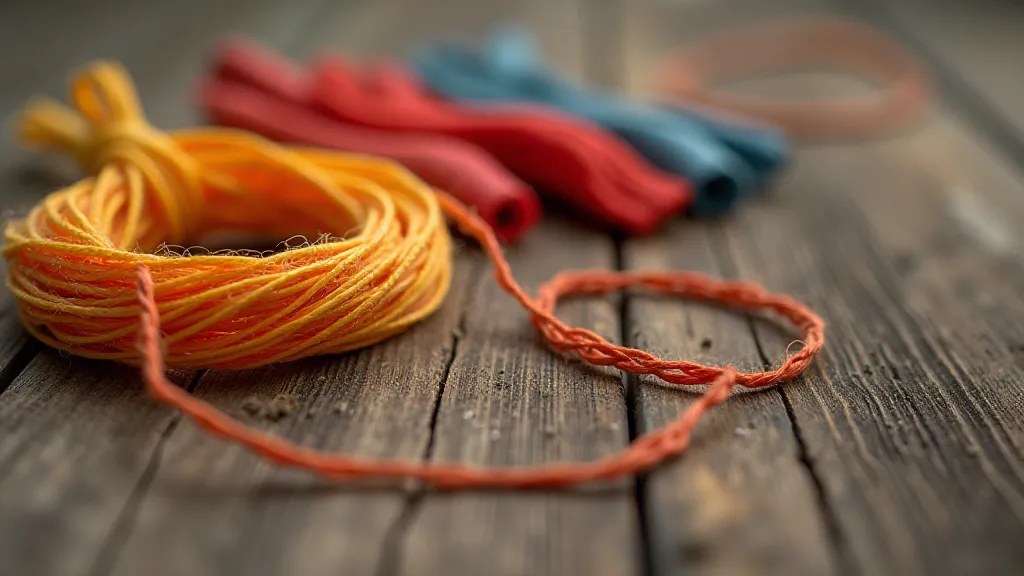
Restoring an antique accordion, like preserving a piece of Kumihimo history, is a labor of love. It’s about more than just repairing broken parts; it’s about understanding the story behind the instrument, appreciating the craftsmanship of the original maker, and breathing new life into a piece of the past. The patience and attention to detail required are strikingly similar to those needed for Kumihimo. Both are acts of preservation, honoring the spirit of resilience that has carried them through time. Understanding the role of Kumihimo in Japanese society, from its practical origins to its symbolic significance, offers a deeper appreciation for the cultural values it embodies. This appreciation expands when considering the broader context of how these intricate cord structures served and reflected the aspirations of a nation – a concept further elaborated in A Cord of Dreams: Kumihimo and the Aspirations of a Nation.
Collecting antique Kumihimo braids isn't about acquiring mere objects; it’s about collecting fragments of history, tangible reminders of a culture that values perseverance, beauty, and the cyclical nature of life. Each braid whispers a story of artisans and their dedication, of cultural values and artistic expression, of a resilience woven into the very fabric of Japan. The functionality behind the beautiful cords also adds layers to their significance, demonstrating a culture that values practical solutions and lasting designs - a point reinforced by a look at how the inherent purpose behind Kumihimo shaped its evolution, as covered in Beyond Adornment: The Functional Heart of Kumihimo.
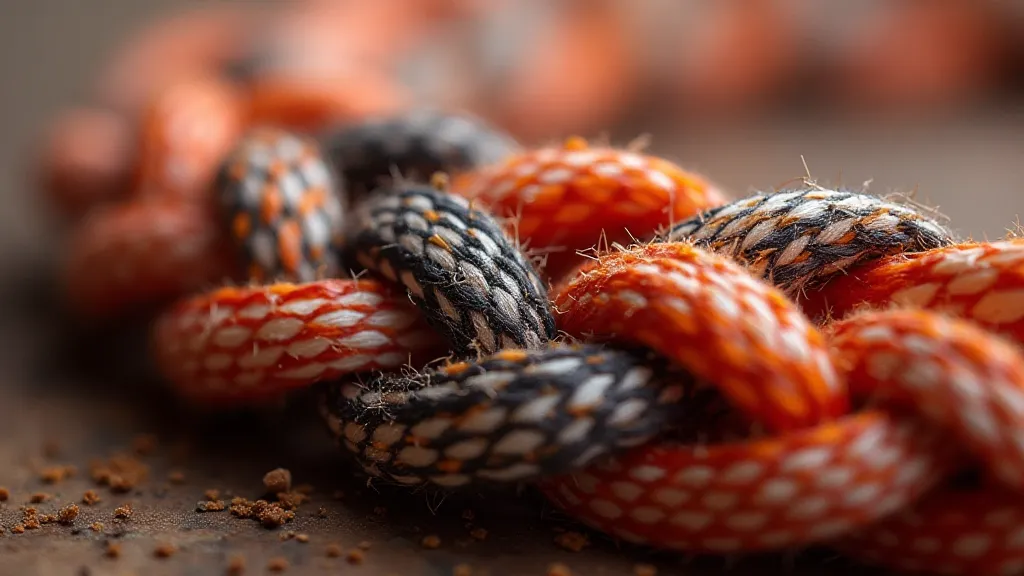
The spirit of renewal, woven thread by thread, endures – in the quiet dignity of an antique accordion, in the intricate beauty of a Kumihimo braid, and in the hearts of those who strive to preserve and honor the traditions that connect us to the past. It’s a reminder that even in the face of adversity, beauty and resilience can always be found, if we take the time to look.
